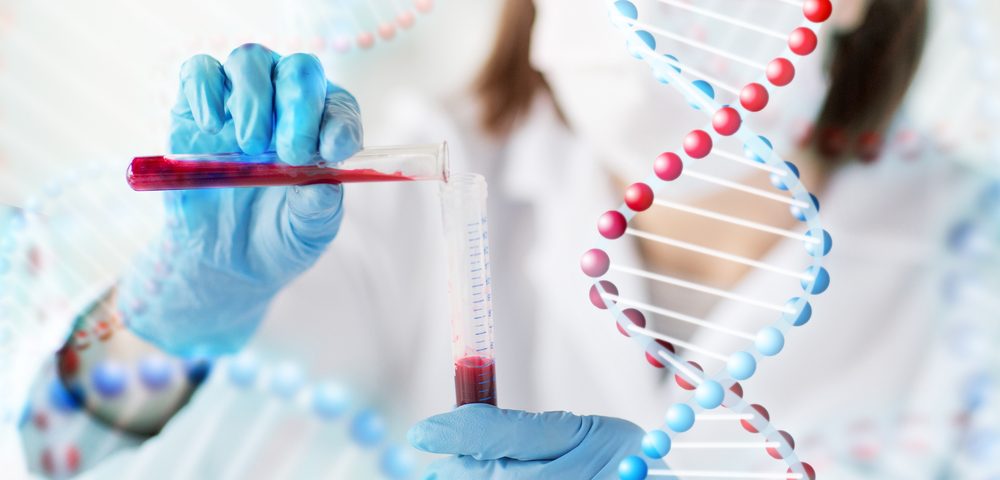A laboratory technique that measures protein levels in tissue samples — called immunohistochemistry (IHC) — is a quicker and less expensive alternative to detect ARID1A mutations in patients with ovarian and other gynecological cancers, a new study shows.
As more treatments are being tested for patients with ARID1A mutations, the approach may allow patients to be classified more accurately for participation in clinical trials.
The study, “Optimised ARID1A immunohistochemistry is an accurate predictor of ARID1A mutational status in gynaecological cancers,” was published in the Journal of Pathology.
ARID1A, a gene that plays a role in suppressing tumor formation, is commonly mutated in patients with cancers of the ovary and endometrium. It also is an important biomarker for new therapies that specifically target patients with ARID1A defects. In fact, there are a number of clinical trials currently assessing ARID1A mutation status as part of the study.
The gold standard for accurately detecting mutations is gene sequencing. However, sequencing is an expensive technique that is not always available. One of the other ways researchers can determine mutational status is by conducting (IHC) test.
IHC uses protein stains in a sample of tissue using antibodies that are directed toward that specific protein. If there is a loss of the ARID1A protein in a tissue sample due to a mutation, the IHC will be negative for the protein, which reveals the mutational status.
Studies that have investigated the concordance between ARID1A mutational status and IHC have shown good results. However, the accuracy of IHC as a predictor of ARID1A mutations in ovarian cancer has not been explored fully.
So, researchers examined three commercially-available antibodies — EPR13501, D2A8U, and HPA005456 — directed toward the ARID1A protein, and their ability to predict mutational status. Researchers also sequenced each tumor tissue sample to determine whether the sample had a mutational deficit.
“The percentage of cells [that] stained positively for the ARID1A mutation, as well as the intensity of the staining, was then used to score the sample using an ‘immunoreactive scoring system’,” Saira Khalique, MD, clinician and first author of the study, said in a press release. “The scoring was carried out separately by three pathologists who did not know whether the samples contained the mutated version or the non-mutated version of the gene. Combining these two approaches, sequencing and IHC, makes the results of this study very reliable.”
Researchers examined 43 cases of gynecological cancer. Among them, 14 patients had 21 different ARID1A mutations. These were identified in ovarian clear cell carcinomas, ovarian endometrioid carcinomas, endometrial carcinomas, and carcinosarcomas.
Mutation status and IHC using the modified immunoreactive score for each of the antibodies gave similar results in more than 95 percent of cases, researchers found. But one particular antibody, EPR13501, showed 100 percent agreement between ARID1A mutation status and protein expression.
EPR13501 also showed the best agreement between all pathologists, as well as a clear cost-benefit advantage.
This antibody “could allow patients to be accurately [categorized] based on their ARID1A IHC status into early phase clinical trials,” researchers wrote. Once the ARID1A mutation status of a patient is known, she can be matched to the appropriate treatment.
“Although it is still early stages, we hope to see this test used widely in the next decade. It is really important to be able to make decisions about patient treatment quickly to best benefit them. It is a cost-effective, straight-forward test that would enable patients to get accurate results much more quickly than gene sequencing directing them to treatment,” added Rachael Natrajan, PhD, lead author of the study.

